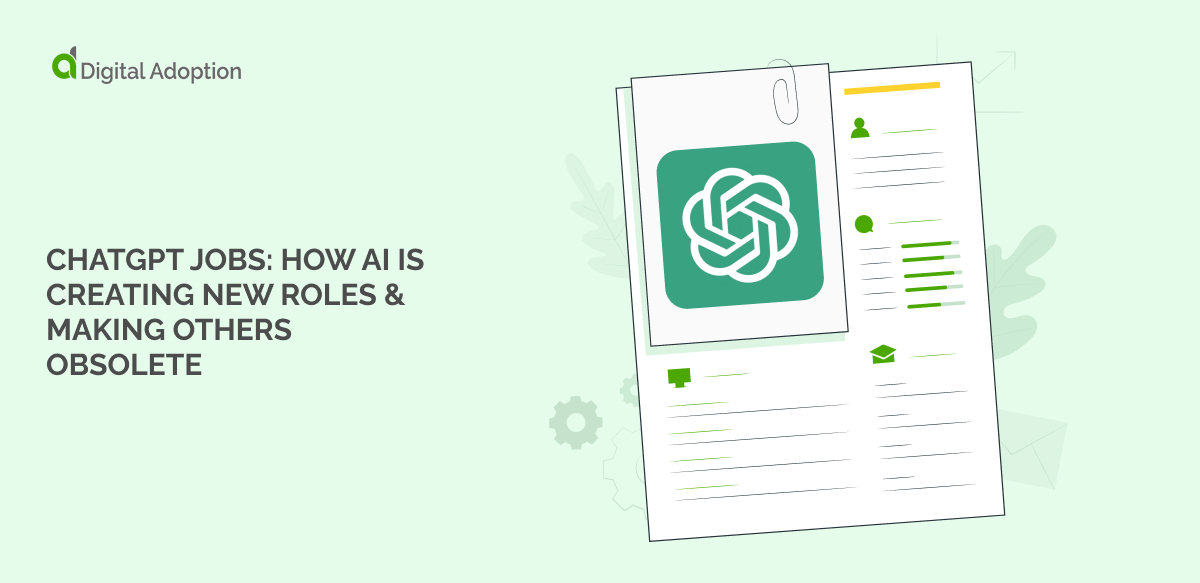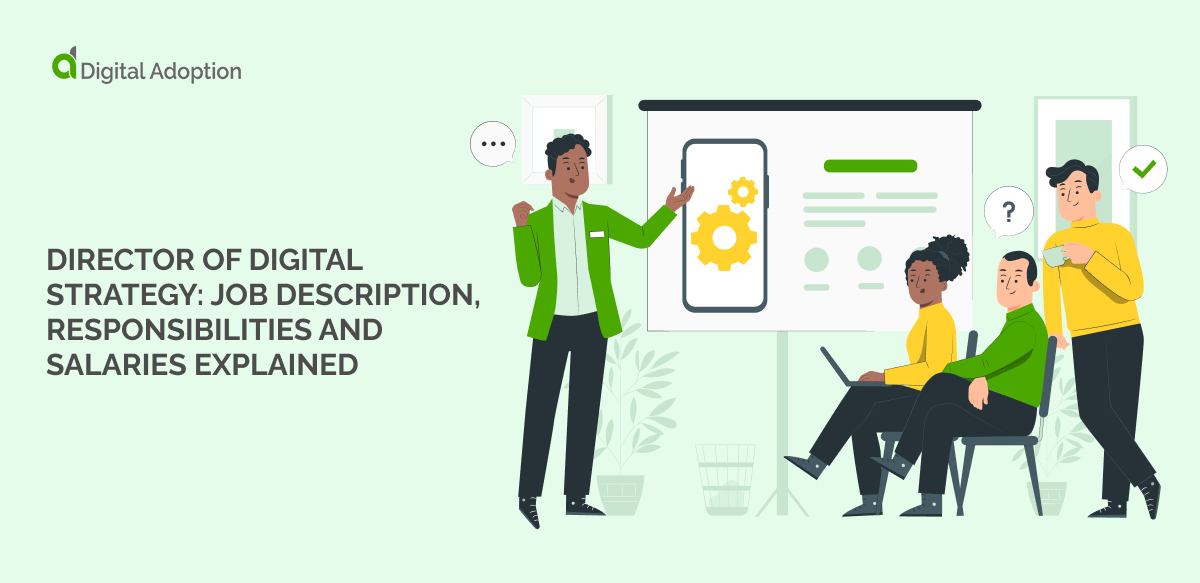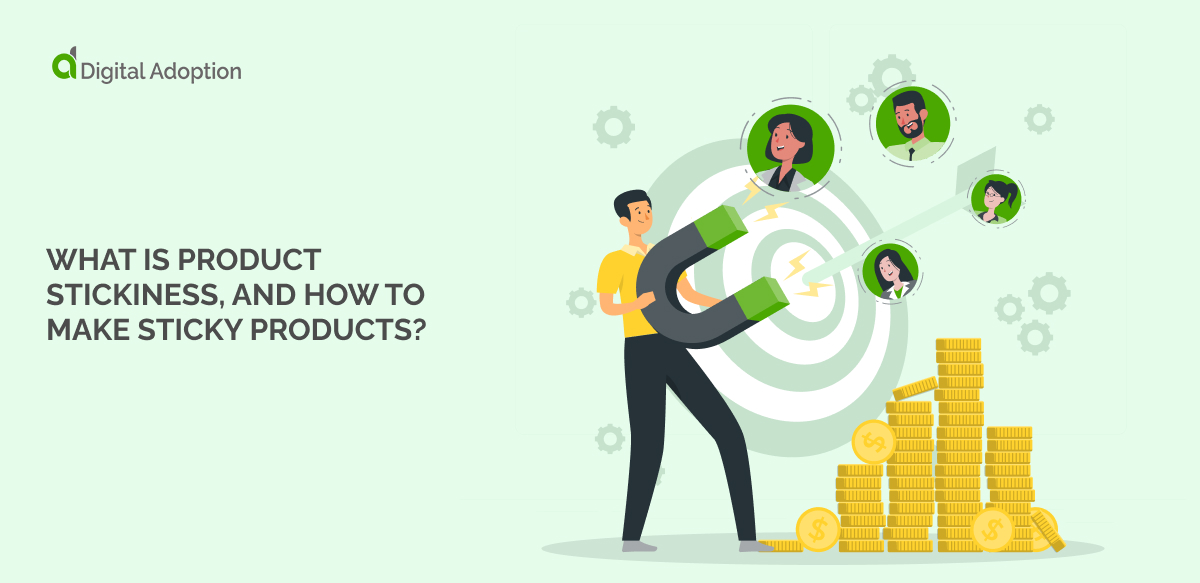What is the onboarding process for new hires?
Moreover, why does it matter?
The onboarding process for new hires – that is, the employee onboarding process – is an HR process that helps integrate employees into the organization.
To learn more about this process, we’ll answer some of the most commonly asked questions about onboarding.
Let’s start with the most fundamental question of all:
What Is the Onboarding Process for New Hires?
A new hire onboarding program is designed to integrate a newly hired employee into the work environment.
It should help a new worker become integrated at several levels.
Not only should employees become familiar with their day-to-day duties and tasks, they should also become aligned with the organization’s mission, as well as the social environment.
There are several steps that are common to most onboarding efforts:
- Documentation. Paperwork, such as W-9s, benefit forms, and other documents, are an essential first step in any onboarding procedure.
- Workspace setup. The workspace, both physical and digital, should be set up before the employee arrives. That is, the employee should have their desk, telephone, computer, and digital accounts ready and waiting.
- Orientation. On the first day, employees should receive a tour of the facilities, their own department and workspace, as well as product tours and other digital introductions.
- Social introductions. It is also important to introduce employees to coworkers, managers, HR staff, and any other important contacts. During these introductions, SHRM notes, it is important to establish new roles, responsibilities, and expectations, so that the existing team understands where the new hire fits in.
- Training. Employee training should begin on the first day and continue throughout that employee’s tenure. For the highest returns and the best results, use micro-training solutions such as digital adoption platforms (DAPs).
- Follow-ups. Onboarding continues for several months, which means that HR staff should continue to check in from time to time. These check-ins provide valuable information and feedback that can alert HR to any potential issues.
Each new hire onboarding process will be slightly different, depending on the organization’s and the employee’s needs.
However, most onboarding processes should adhere to the principles and steps covered here.
Why Onboard New Employees?
Another important question that businesses should address covers the benefits of creating an employee onboarding program.
After all, an onboarding process costs money and it takes time.
So what are the returns on that investment?
There are several.
Onboarding…
- Decreases nervousness, anxiety, frustration, and other negative emotions
- Improves employee engagement and motivation
- Helps employees become more productive in less time
- Boosts employee retention, which decreases recruitment costs and the productivity burden on the workforce
- Helps employees get along with their coworkers
Among other things.
Naturally, no employee onboarding program is perfect, which is why it should be continually optimized, as we discuss below.
How Do You Improve the Onboarding Process?
Creating an employee onboarding program is relatively straightforward – simply implement a checklist of action items that new hires must follow once they enter the workforce.
However, no business process is perfect right out of the gate.
In fact, it is likely that an onboarding program will under-deliver if it is not optimized.
Improving the onboarding process requires several ingredients:
- A structured onboarding process. The onboarding process should be structured and formal. Ad-hoc onboarding programs will deliver ad-hoc results. That is, they will be haphazard and difficult to improve upon.
- Strategic aims. To create a structured and improvable onboarding program, start with a strategy. That strategy should have an articulated purpose that aligns with clear, measurable goals.
- Metrics and KPIs. Truly improving an onboarding process means tracking progress and performance with metrics and KPIs. These can help HR professionals understand the value of the program, what’s working, what isn’t, and where to make adjustments.
- Regular data collection and analysis. Data collection is part and parcel of the improvement process. Sources include employee feedback, software analytics, employee performance metrics, and so forth.
- Adjustments. The data collected above should reveal insights into the health of the program. Adjustments can then be made, which can, in turn, be assessed, analyzed, and further optimized.
Ideally, HR professionals should maintain an agile mindset – that is, an approach to employee onboarding that is flexible, responsive, and based on real-time data.
What Are Some Tips for Creating a Better Onboarding Program?
There are countless ways to improve the onboarding process … far too many to cover in this article.
However, here are three tips that can help HR professionals reduce their workload in the digital age:
- Personalize each onboarding experience by tailoring the experience to meet the needs of the individual employee
- Template-ize workflows to streamline HR workflows and reduce workloads
- Digitalize the onboarding experience with a digital onboarding program
By following steps such as these, an organization can dramatically improve the new hire experience and, as a result, improve the overall employee experience.













